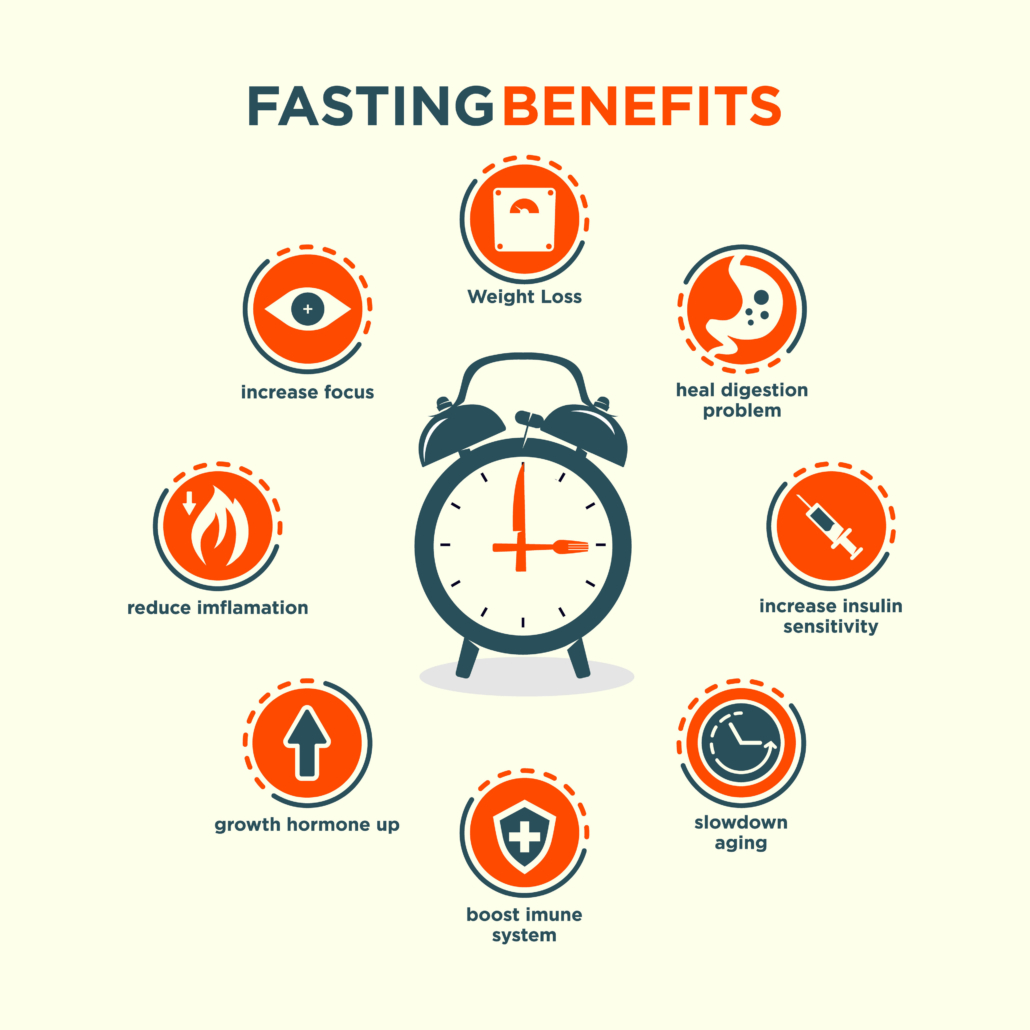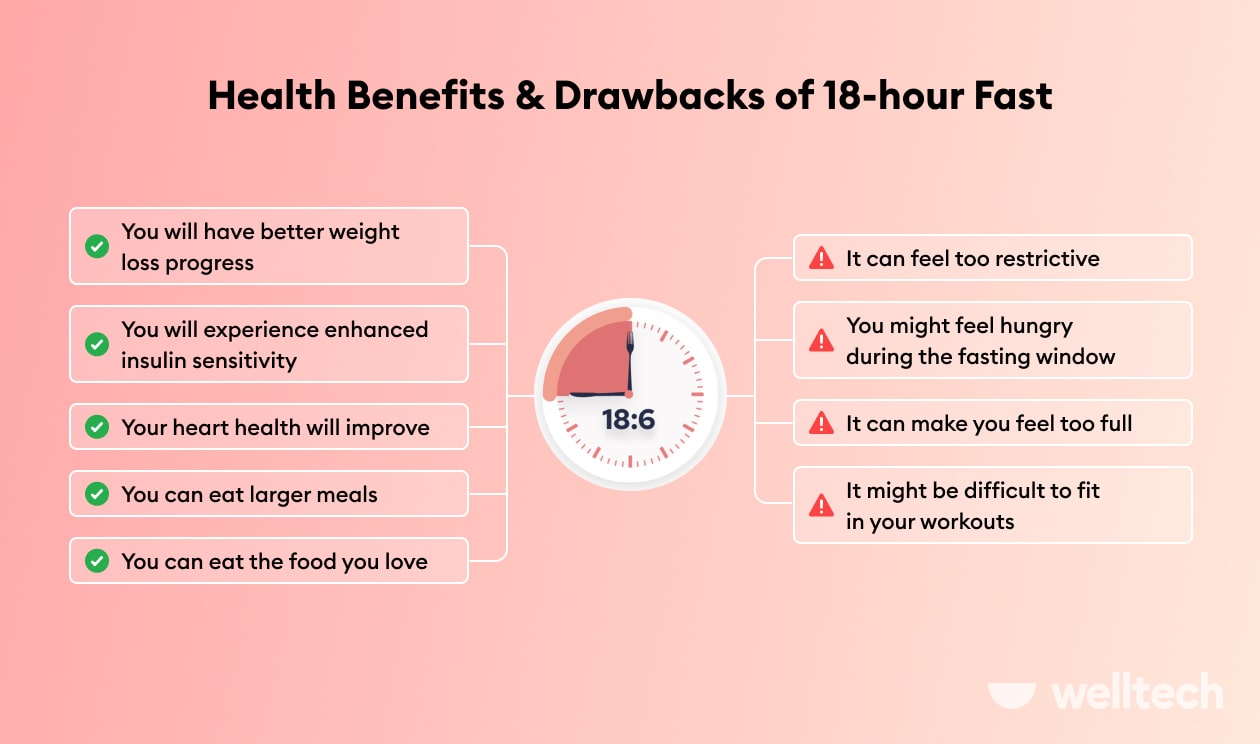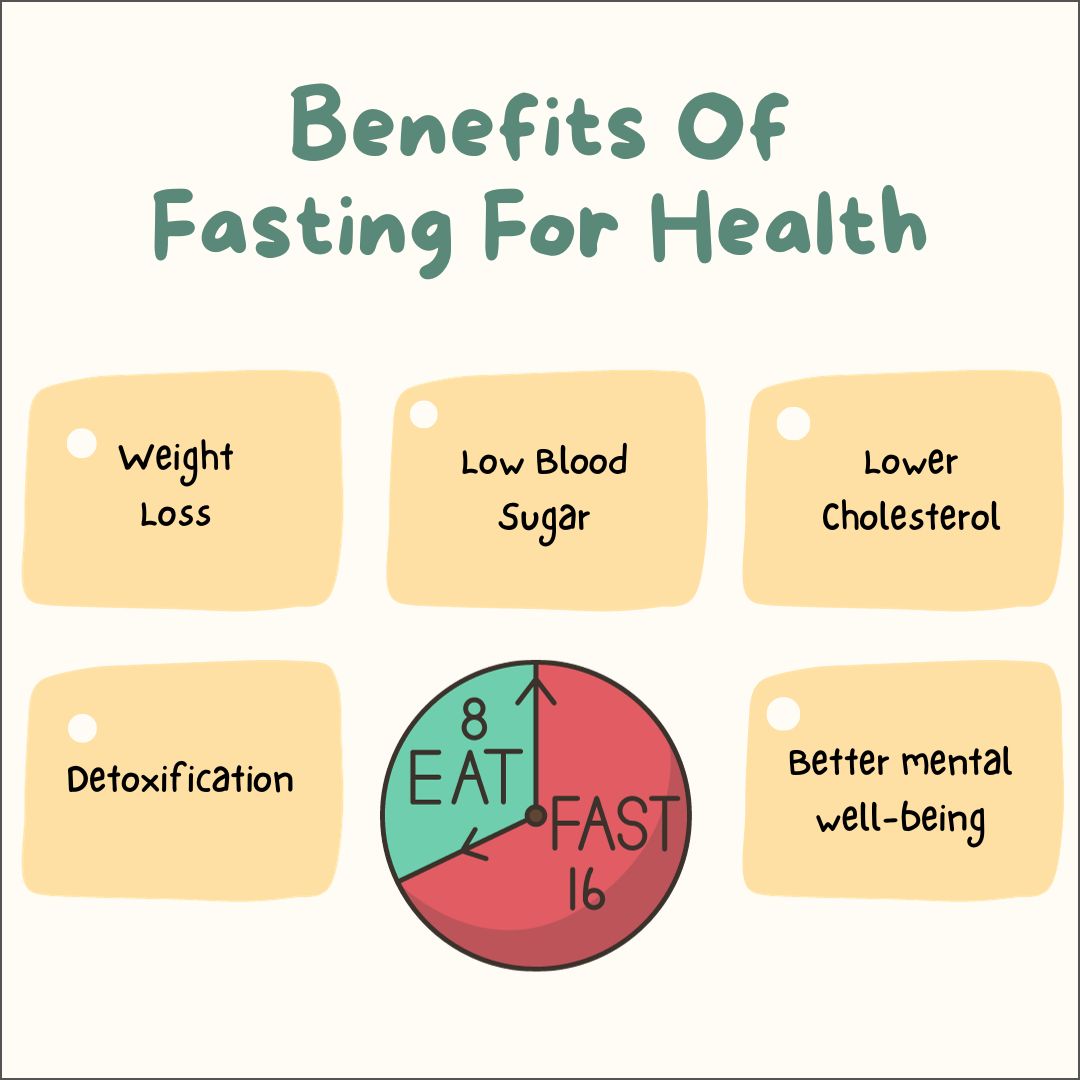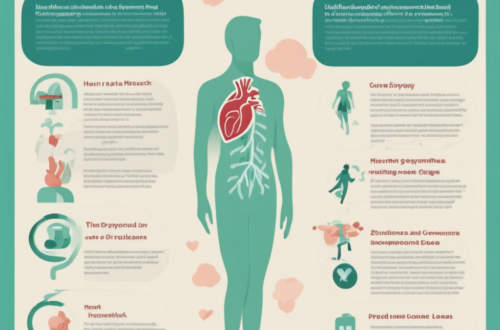Introduction to Intermittent Fasting
Definition and Benefits
Intermittent fasting is an eating pattern that cycles between periods of fasting and eating. It has gained popularity for its numerous health benefits, including weight loss, improved metabolic health, and enhanced brain function. By incorporating intermittent fasting into your lifestyle, you could potentially boost your overall well-being and longevity.History of Intermittent Fasting
Intermittent fasting is not a new concept; it has been practiced for centuries in various cultures and religions. Historical evidence suggests that fasting was valued for its potential health benefits and spiritual significance. Today, it continues to be a widely studied approach to nutrition and health.
How Intermittent Fasting Works
The Science Behind Intermittent Fasting
Intermittent fasting operates on the principle of cycling between fasting and eating periods. It triggers metabolic changes that can lead to weight loss and improved health. By abstaining from food for specific durations, the body switches to burning stored fat for energy, promoting fat loss and other health benefits.Effects on the Body and Metabolism
Intermittent fasting impacts the body by enhancing cellular repair processes, gene expression, hormone levels, and cellular stress response. These changes contribute to increased metabolic rate, improved insulin sensitivity, and reduced inflammation, all of which play a role in overall health and well-being.
Different Intermittent Fasting Methods
5:2 Method
Intermittent fasting provides various methods to suit different lifestyles. The 16/8 method involves fasting for 16 hours and eating within an 8-hour window each day. This approach is user-friendly and can be easily incorporated into daily routines. On the other hand, the 5:2 method allows individuals to eat normally for five days and restrict calorie intake for the other two days. It offers flexibility while still promoting weight loss and health benefits. Choosing the right intermittent fasting method depends on personal preferences and goals, so explore different options to find what works best for you.
Hours Until Intermittent Fasting Initiates Ketosis
Typical Timeframe for Ketosis to Begin
Intermittent fasting is not only about weight management but also about the process of ketosis, where the body burns fat for fuel. Ketosis starts when the body exhausts its glycogen stores and starts relying on fat for energy. The time it takes to reach ketosis varies based on individual factors like metabolism and activity level. Typically, intermittent fasting initiates ketosis within 12 to 48 hours. During this period, the body switches from using glucose as its primary energy source to burning fat, leading to fat loss and other health advantages. Remember, consistency with your chosen fasting method is vital to maximize the benefits of ketosis.
Impact of Intermittent Fasting on Weight Loss
Studies and Research Findings
Intermittent fasting, beyond just weight management, impacts weight loss by promoting a state called ketosis. This metabolic state enhances fat burning, aiding in weight loss. Studies show that intermittent fasting can be an effective tool for shedding pounds by modifying metabolic processes. Research findings support the notion that fasting periods can boost metabolism and reduce calorie intake, contributing to weight loss. By incorporating intermittent fasting into your routine, you can harness its benefits for sustainable weight management. Remember, always consult a healthcare professional before making significant changes to your diet or lifestyle.
Facebook
Twitter
LinkedIn





